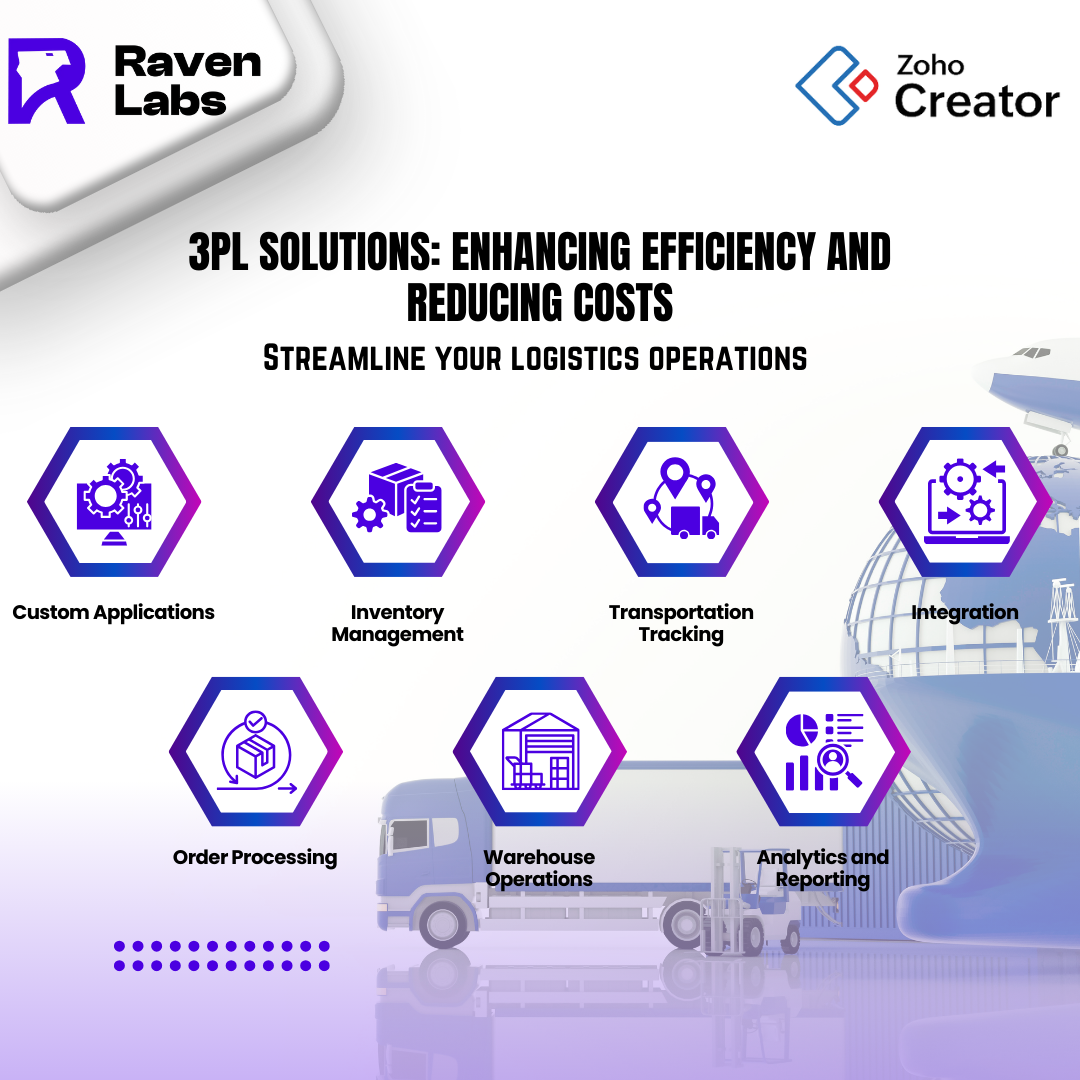The Rise of 3PL Providers in E-Commerce
In recent years, third-party logistics (3PL) providers have become an essential component of the e-commerce landscape. As the e-commerce industry continues to expand, businesses are increasingly turning to 3PL providers to handle the complex logistics that come with managing warehousing, distribution, and fulfillment. By outsourcing these logistical tasks, e-commerce companies can focus more on their core competencies such as product development, marketing, and customer service. This strategic partnership allows businesses to leverage the specialized expertise, technology, and infrastructure of 3PL providers, ultimately enhancing efficiency and scalability.
Benefits of Using 3PL Providers for E-Commerce
- Expertise and Efficiency: 3PL providers possess extensive knowledge and experience in logistics management, which can lead to more efficient and effective operations. They are equipped with the latest technologies and practices that can optimize supply chain processes.
- Cost Savings: By outsourcing logistics to a 3PL provider, e-commerce businesses can reduce costs associated with warehousing, transportation, and staffing. 3PL providers can offer economies of scale and negotiated shipping rates that individual businesses might not be able to secure on their own.
- Scalability: As e-commerce businesses grow, their logistics needs become more complex. 3PL providers offer scalable solutions that can accommodate fluctuations in order volumes, seasonal demand, and expansion into new markets without requiring significant capital investment.
- Focus on Core Competencies: Outsourcing logistics allows e-commerce companies to focus on their primary business activities, such as product innovation and customer engagement, rather than getting bogged down with the operational aspects of order fulfillment and distribution.
- Enhanced Customer Service: With the help of 3PL providers, e-commerce businesses can ensure timely and accurate delivery of products, leading to improved customer satisfaction and loyalty.
Implementation Steps
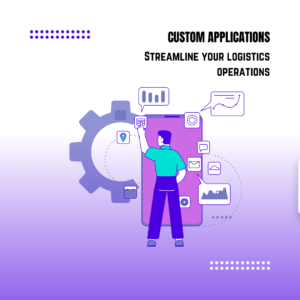
1. Designing Custom Applications
Utilize Zoho Creator’s drag-and-drop interface to design custom applications tailored to various aspects of 3PL management, such as order processing, inventory management, warehouse operations, and transportation tracking.
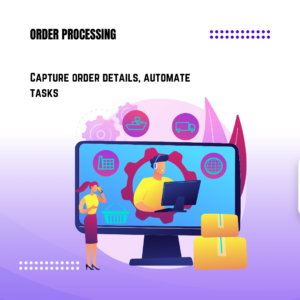
2. Order Processing
Create forms within Zoho Creator to capture order details, including customer information, order items, quantities, and delivery preferences. Efficiently use “Customer Portals” provided by Zoho Creator to provide a secure and consistent environment for customers to submit forms and view data.
Implement workflows to automate order processing tasks, such as order validation, allocation of inventory, and generation of shipping labels.
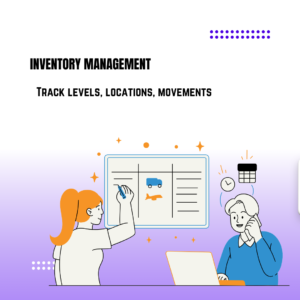
3. Inventory Management
Develop a database within Zoho Creator to track inventory levels, locations, and movements across multiple warehouses.
Implement barcode scanning functionality to facilitate efficient inventory tracking and management.
Set up alerts and notifications to trigger reorder points and prevent stock outs.
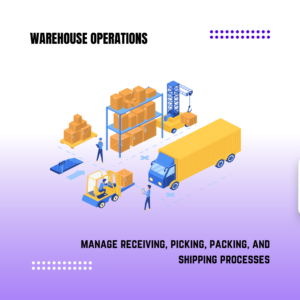
4. Warehouse Operations
Create custom forms and reports to manage receiving, picking, packing, and shipping processes within warehouses.
Implement workflows to optimize warehouse operations, such as assigning tasks to warehouse personnel based on priority and availability.
Integrate with hardware devices like scanners and printers to streamline warehouse workflows.
5. Transportation Tracking
Integrate with third-party logistics providers or shipping carriers to track the status of shipments in real-time.
Develop dashboards within Zoho Creator to provide stakeholders with visibility into transportation activities, including shipment statuses, delivery schedules, and transportation costs.
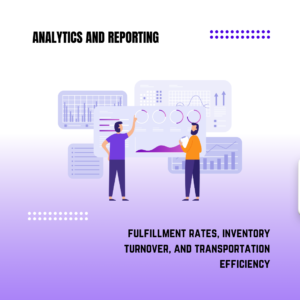
6. Analytics and Reporting
Utilize Zoho Creator’s reporting and analytics capabilities to generate insights from 3PL data, such as order fulfillment rates, inventory turnover, and transportation efficiency.
Create custom dashboards to visualize key performance indicators (KPIs) and monitor the overall health of your 3PL operations.

7. Tight Integration with Other Zoho Products
Leverage Zoho’s suite of products, such as Zoho CRM, Zoho Inventory, and Zoho Books, to seamlessly integrate 3PL data with other business processes.
Effortlessly implement bi-directional data sync between Zoho Creator and other Zoho applications to ensure data consistency and accuracy across the organization.
Thus, by leveraging Zoho Creator for managing 3PL data, you can streamline your logistics operations, improve efficiency, and gain valuable insights to drive informed decision-making.
Conclusion
Turning to 3PL providers has become a preferred option for e-commerce sellers in recent years. By outsourcing logistical aspects such as warehousing, distribution, and fulfillment, e-commerce companies can focus on their core competencies while leveraging the expertise and resources of specialized 3PL providers.
Utilizing Zoho Creator for managing 3PL data can further streamline and enhance these logistics operations. With its low-code platform, Zoho Creator enables businesses to create custom applications tailored to their specific needs without requiring extensive programming knowledge. From designing custom applications and managing order processing to inventory management, warehouse operations, and transportation tracking, Zoho Creator offers a comprehensive solution for efficient 3PL management. Additionally, its analytics and reporting capabilities provide valuable insights, while tight integration with other Zoho products ensures data consistency and accuracy.
By leveraging Zoho Creator, e-commerce businesses can improve efficiency, reduce costs, and make informed decisions, ultimately enhancing their overall logistics operations and competitive advantage in the market.

